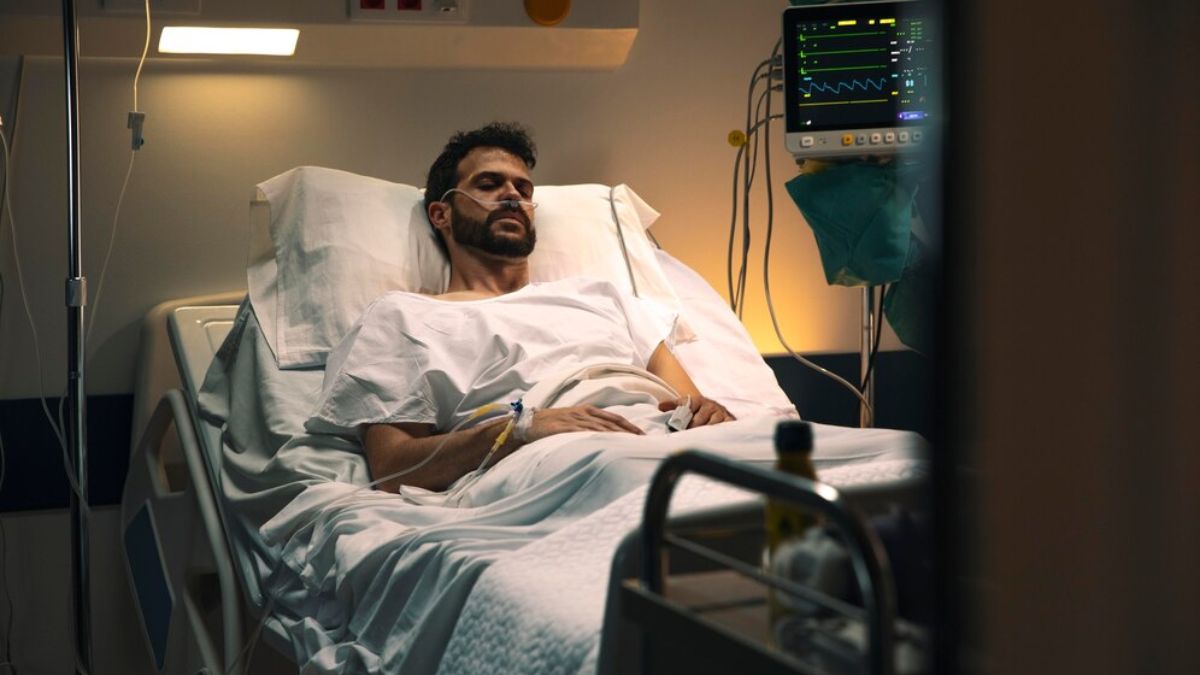
Colorado health officials have confirmed a human case of plague in Pueblo County, according to the Pueblo Department of Public Health and Environment. While rare, plague is a serious infectious disease often transmitted by infected fleas.
Table of Content:-
Though historically associated with devastating outbreaks, the disease is now uncommon in the United States. However, cases do emerge annually, primarily in the southwestern states during warmer months, with an average of seven human cases reported each year. It's most prevalent in rural areas of the southwestern United States, including Colorado, Arizona, and New Mexico. This is why vigilance and preventive measures remain essential.
Bubonic Plague: A Persistent Threat
According to the Centre for Disease Control and Prevention, the bubonic plague, often associated with the infamous Black Death, is a disease caused by the bacterium Yersinia pestis. While its historical impact is undeniable, it's important to understand that the plague still exists today, although it's far less common.
Bubonic plague is primarily transmitted to humans through the bite of an infected flea. These fleas often infest rodents, which serve as reservoirs for the bacteria. When an infected flea bites a human, the bacteria enter the bloodstream, causing infection.

Bubonic Plague Symptoms
As per the World Health Organisation, symptoms of bubonic plague typically appear within two to six days after infection and include:
- Sudden onset of fever and chills
- Pain and swelling of lymph nodes (buboes) in the groin, armpit, or neck
- Headache
- Fatigue
- Muscle aches
If left untreated, the infection can spread to other parts of the body, leading to more severe forms of the disease, such as septicemic plague and pneumonic plague.
Septicemic Plague
A chapter published in the third edition of Tropical Infectious Disease shared that septicemic plague occurs when the plague bacteria multiply rapidly in the bloodstream. This can develop as a complication of bubonic plague or occur on its own. Symptoms include:
- Fever
- Chills
- Extreme weakness
- Abdominal pain
- Possibly bleeding into the skin
Septicemic plague is the most severe form of the disease and is often fatal if untreated.

Pneumonic Plague
The Washington State Department of Health stated that pneumonic plague affects the lungs and is highly contagious, spreading from person to person through respiratory droplets. Symptoms include:
- Fever
- Chills
- Cough
- Shortness of breath
- Chest pain
Pneumonic plague progresses rapidly and can be fatal within a few days if untreated.
How To Treat And Prevent The Black Death
The good news is that bubonic plague is treatable with antibiotics. Early detection and treatment are crucial for a successful outcome. If you suspect you may have been exposed to the plague or are experiencing symptoms, it's essential to seek medical attention immediately.
To prevent the spread of plague, health officials recommend the following:
- Avoid contact with sick or dead animals.
- Prevent fleas from biting by using insect repellent and treating pets for fleas.
- Practice good hygiene, including washing hands regularly.
- Reduce rodent populations around your home.
Also Read: Bubonic Plague China News: What Is Black Death And How It Spreads?
While the risk of contracting the plague is relatively low in most parts of the world, understanding the disease and taking preventive measures can help protect your health. If you live in or are travelling to an area known to have the plague, it's essential to be aware of the symptoms and take precautions.
It's important to note that while the bubonic plague remains a potential threat, modern medicine has advanced significantly, and with prompt treatment, the chances of recovery are high.
Also watch this video
How we keep this article up to date:
We work with experts and keep a close eye on the latest in health and wellness. Whenever there is a new research or helpful information, we update our articles with accurate and useful advice.
Current Version
